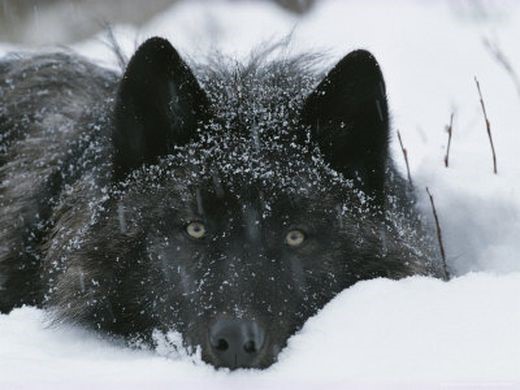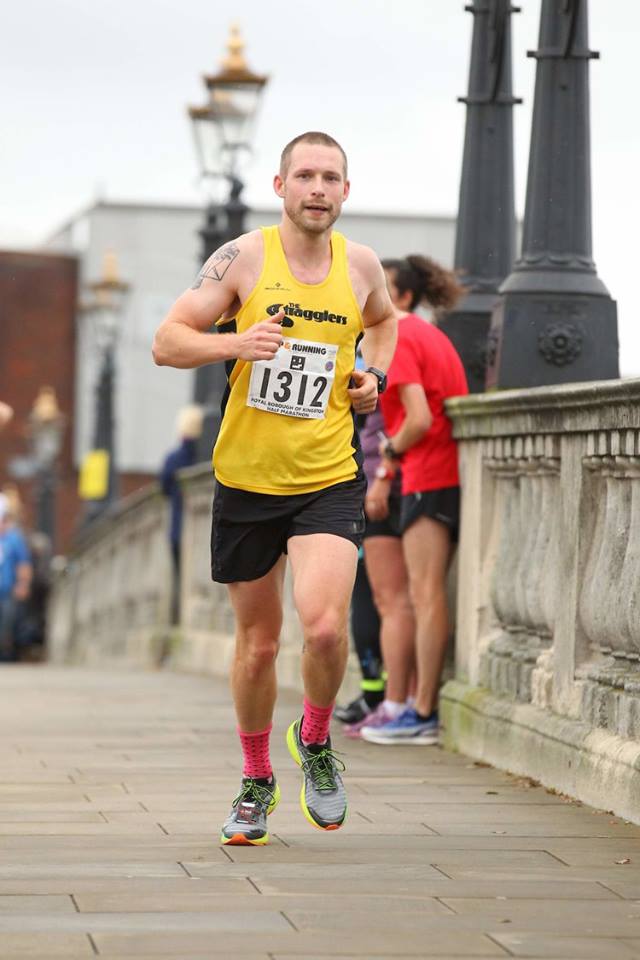It was my birthday on Monday, it was also the day the world went insane. It feels like we’ve lived whole months and years inside the past few days given how much has changed and how real everything feels now.
Like every other runner all my races have been cancelled for the foreseeable future leaving me all dressed up with nowhere to go and race. Add to that the various rumours of London being locked down and stringent measures being placed upon businesses. All of this meant that I wanted to do something to use the fitness I’d acquired, to have something to show for my Winter. It needed to be something long but I couldn’t responsibly travel out of London so I found the Jubilee Greenway and saw that the previous record was just about within reach. I set myself an ambitious target, cleared a space in my diary and resolved to do it.
https://fastestknowntime.com/route/jubilee-greenway-uk
On the morning of the ‘event’ I felt OK, I’d eaten enough food and I’d packed my ultra vest, I drove the car to the starting point of the path in Victoria Park – a place I’d chosen entirely because it was at the start of the gpx route I had been able to find, rather than it being in any way convenient for my life. Upon arriving I realised parking in Hackney was absolutely not going to happen, everything was either permit or 4 hours max so after trying to park for 45 mins I resolved to drive west down the Regents canal in the direction I would be running and I eventually found a car park in which I could park all day. At this point I was grumpy but happy that I could finally actually get to start the route.
Starting just West of Angel I fired up the watch and got the route up on it and set off. I was glad to have the route very early on as the canal goes underground for a short while here and you have to navigate through the streets. Having safely negotiated this and got back onto the canal path I was able to settle into a bit of rhythm and eat some food. Pretty soon I was arriving at Hyde Park and so able to go to the toilet before heading East.
Hour 1 Stats:
· Distance – 12.2km
· Food – Mountain Fuel Date Bar, Mountain Fuel Jelly
· Lost – No
After turning East towards Central London the wind was blowing in my face pretty strongly, making any GoPro filming pointless and running a little bit harder but at least I knew where I was at that stage and I was pretty confident about directions. Once onto the Southern part of the Thames Path I was fairly confident I could turn my brain off for a while and just keep the river on my left for a bit. This was stunningly naïve because the river is so built upon over so many years that the path is difficult to follow at times and I made a few slightly wrong turns and double backs at this stage.
Hour 2 Stats:
· Distance – 12.4km
· Food – Get Buzzing Banana, Mountain Fuel Jelly
· Lost – A few times
This continues basically all the way to Greenwich until eventually the setting becomes less residential and more industrial, this has a positive effect on the quality of the route if not the quality of the scenery. I had quite a bad time during this hour, had to stop to find and use a toilet and decided to get some cash out to pay for my parking and also change the water in my front bottles from the bottles in the back of the vest. I think the rest helped a bit though as I started to enjoy myself a bit more after Greenwich.
Hour 3 Stats:
· Distance – 11.3km
· Food – Get Buzzing Banana, Mountain Fuel Jelly
· Lost – Regularly
This is where the fun really starts, I had no real idea where I was during this section, I’d never been this far east so I enjoyed seeing the Thames barrier and even the foot tunnel was interesting compared to the identikit apartments I’d been looking at in hours 2 and 3. Eventually, back North of the river I could tell I was on the way back to the start. At this stage despite being happy I was clearly getting tired psychologically, this isn’t a surprise after the complexity of what should have been a simple route early on and the amount of background anxiety in my body. I got really lost at the University of East London and then overshot a turn in a park so was very glad to get on a really long, straight bit of path which was going to take me all the way to Stratford.
Hour 4 Stats:
· Distance – 11.7km
· Food – Get Buzzing Banana, Get Buzzing Berry, Mountain Fuel Jelly
· Lost – Twice
I knew I was on the final straight at this stage which gave the extra push I needed. Seeing landmarks I recognised was exactly what I needed. I knew I was basically good for the FKT time by this stage but I was motivated to try to get around in under 5 hours, unfortunately I had no idea how far I had to go as the number of times I’d got lost meant I didn’t trust the total distance as a guide. Once through Victoria Park I thought I might have about 3km to go but all the bridges started to look the same and I was getting tired. I trudged the last 3km and came in at 39 seconds behind my target, which over the distance we’re talking isn’t so bad.
Hour 5 Stats:
· Distance – 12.4km
· Food –Mountain Fuel Jelly
· Lost – Nope
Overall, I’m pretty happy but if I was to do it over again I’d go clockwise from Hyde Park, avoid getting lost and take slightly less food with me. I fully expect to lose this record relatively soon but hopefully I’ll be able to take it back again.











